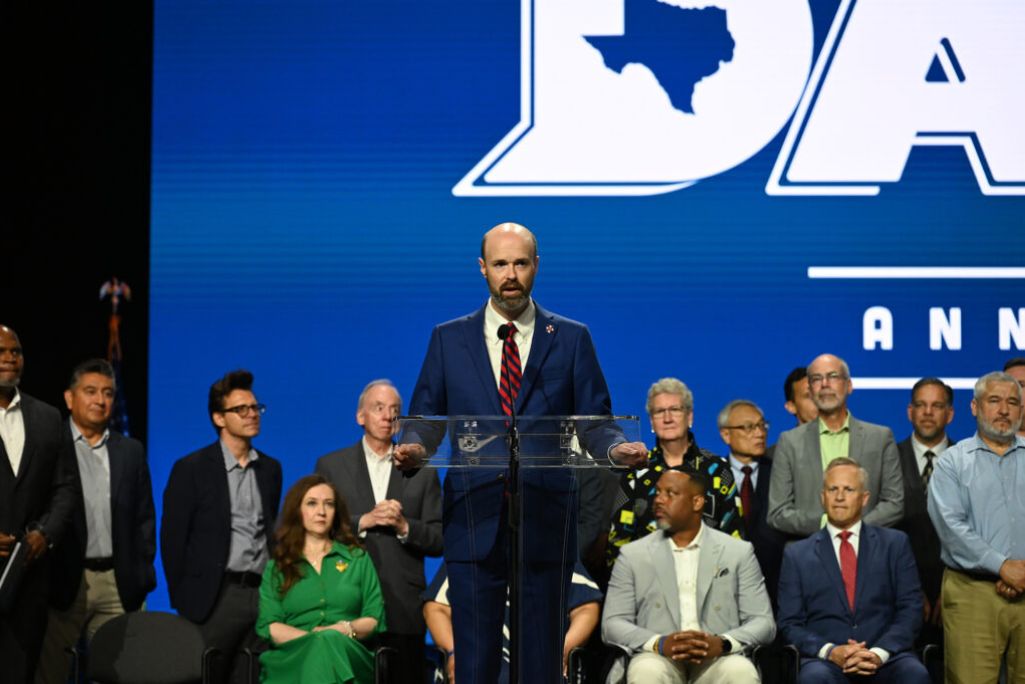A biblically consistent leadership style can address the four key values that millennials hold, presenting the opportunity to engage them in our churches and to empower them to impact the world for Christ.
Corresponding to the four values of millennials – personal achievement, diverse relationships, positive world impact and trust of mentors – are four characteristics of what I have termed “horizontal leadership” that empowers semi-autonomous agents, engages agent-based interaction, encourages adaptation and innovation, and entrusts the change of local rules.
Horizontal leadership is based on research showing social organizations to be complex adaptive systems (CAS). A CAS, such as a church or business, means that there are many interactive people (“agents” in CAS terminology) or parts (“artifacts”) that produce information that, with proper leadership, can result in thinking and ideas toward fostering innovation and adapting to a changing environment. This produces a more relevant present and a more sustainable future. A key work in this area is Complexity and the Nexus of Leadership by James Hazy, Benyamin Liechtenstein and Jeffrey Goldstein.
Such results are catalyzed by the interaction of as many members (agents) as possible in the organization. Such interaction rests upon the confidence that individuals and groups truly understand their work/community and can make a positive difference by turning this understanding into fresh, new ideas to connect with that changing environment in authentic ways.
Looking more specifically at the characteristics of horizontal leadership:
Empowers semi-autonomous agents
The key word with this characteristic is “semi.” Horizontal leadership does not negate positional leadership, it redefines it (forthcoming in Part 3 of this series).
Semi-autonomous agents are still under authority of positional leadership but they are allowed, even encouraged, to think about how their work might be done more effectively and with greater efficiency. They are partners in the visioning of the organization, using their knowledge to help position it for the highest possible level of achievement. This characteristic of horizontal leadership lines up closely with the millennial value for high achievement. In a horizontal leadership organization, millennials are empowered to express daily their desire both for them and their organization to maximize impact.
Engages agent-based interaction
Interaction is a foundational concept of the way systems work. In a CAS, the greater the interaction, the greater the chances of finding true innovative solutions to difficult issues faced by the organization.
Learning happens through interaction. As workers in the organization interact, their knowledge of the work and the community they need to reach increases and this learning is spread throughout the organization. This leads to a smarter, better informed, more interconnected organization that can accomplish its mission more effectively. In the process, broad interaction brings the members of the organization into significant relationship with many different people across department and work groups. In fact, the more diverse the interaction the better the learning and innovation can become. This characteristic directly addresses the millennial value for diverse relationships and offers them a broad opportunity for meaningful, inclusive interaction.
Encourages adaptation and innovation
In an environment that is changing daily, the death of any organization can result from maintaining the status quo. Horizontally-led organizations that build a culture of learning and adapting to this changing environment are better aligned and in a stronger position from which to make a significant impact in the world.
Though the church is not seeking alignment philosophically or behaviorally with the world, it must seek to understand and relate to the thinking and the issues that those in its culture face. The apostle Paul said, “I have become all things to all men, so that I may by all means save some” (1 Corinthians 9:22). He didn’t become a secularist, he understood those to whom he communicated and contextualized his approach to speak authentically to them. Such alignment opens the door to a culture-wide, indeed a worldwide impact for the cause of Christ – the third core value of millennial believers, and one that they are deeply passionate about.
Entrusts the change of local rules
This characteristic is where the rubber meets the road in horizontal leadership. It is one area that distinguishes CAS leadership from other forms of distributed leadership, which often is simply “distributing” leadership away from the executive offices.
Will positional leaders allow those who work at any level of the organization, and who understand the needs of that level, to change their local rules to allow for adaptation to occur? There is some risk in this, but where there is trust and clearly defined boundaries there is a far greater opportunity to learn from those working closest to the need and to empower them to make changes closest to the need. In the process, horizontal leadership draws workers, or “horizontal leaders,” together in the organization who are diverse culturally and generationally. Millennials can work together with silent generation seniors and all in between, bridging gaps through trusting relationships – addressing the fourth core value of millennials – while building a stronger organization.
Imagine the potential of solving some of the most intractable issues that we face in the church involving the cooperation of a diverse group of Holy Spirit-led believers. It takes the release of the people (agents) in the organization, interacting within a broad diversity, in a culture of adaptation and innovation, holding the trust of executives to make changes as needed. This is a nutshell view of horizontal leadership.
This is also empowerment that can and will engage millennials, together with all the rest, in a horizontal network where everyone’s voice is heard in a joint mission to impact the world for Christ.
(EDITOR’S NOTE – Mark Lindsay is associate pastor of education at Shadowbrook Baptist Church in Suwanee, Ga.)
Related Stories:
Millennials: reversing the departure of a generation (Part 1)
Millennials, Part 3: Innovate leadership for the next generation


